Even though in 2023 it might sound like a given, it might be worth repeating once again: investing in skill development at a corporate level is a necessity. However, why is it still so difficult for managers, HR and L&D professionals to find money and resources for their teams’ growth and training programs?
Even though something is moving on the investment side, reports highlight the need for a more radical change: as shown by the Future of Jobs report, only half of the workforce has access to the necessary training opportunities to keep their skills up-to-date. But if L&D is a priority, why do companies invest so little?
We asked dozens of L&D professionals for their opinion on such an important matter, and we’ve come to the conclusion that it all starts with these 3 objections.
We’ve got too much on our plate, there’s not enough time for training.
🚩 The problem
The first major objection that L&D leaders need to address is related to time constraints.
This can basically be summed up as follows: team members often find it challenging to dedicate additional time to training on top of the demanding workloads. Their daily schedules are crammed with tight deadlines and a constant stream of tasks, leaving little room for skill development.
Employers share the same sentiment: they, too, feel the strain of limited time resources and may be reluctant to release their workforce for L&D initiatives, fearing a potential disruption in daily operations.
✅ The response
So, how can we respond to managers who believe they don’t have the time and resources for L&D activities?
Here’s the kicker. Rather than viewing L&D as a cost center, in terms of time and money, business leaders should reframe it as an investment with valuable, though not always immediately quantifiable, returns. In fact, skill development can help employees become more efficient at what they do, thus saving precious time. Think of experiential learning economies: more training and more experience leads to improved efficiency in organizational processes.
And not only does it save time (and money), but it also leads to multiple other benefits that bring a positive impact on the organization as a whole. Just to name a few: from improved engagement to higher employee retention.
Training does not yield concrete results for the business, so why should we invest?
🚩 The problem
After the time constraints, here we go with the second most common objection to investing in L&D: the idea that spending money for training people might result in a lack of concrete benefits for the business.
The thing is, more often than not, companies do not have an impact measurement system when it comes to training programs. Without proper ROI measurements in place, it becomes challenging to quantifiably gauge the benefits of L&D efforts.
As a result, these programs might be perceived as costs rather than investments. This can hinder the development of a compelling business case for L&D, making it a lower priority for budget allocation.
However, understanding the direct financial gains and cost-saving potential that can arise from well-executed training initiatives is crucial to shifting the perspective.
✅ The response
First of all, back to basics: let’s start it all by implementing a ROI measurement system to prove your training programs’ worth. When managers and business leaders witness this direct correlation between training efforts and the achievement of organizational objectives, it can significantly reshape perceptions of L&D, elevating its standing and importance within the organization.
ROI in training measures the tangible returns an organization gets from its investment in nurturing employee skills and knowledge:
To calculate this, it’s important to translate training outcomes into their financial counterpart. For example, when a company invests in its employees’ growth and development, it often leads to longer employee retention, meaning … .
It’s crucial to assess the extent to which training contributes to this retention and quantify the resulting cost saving. Think about the costs in terms of advertising, onboarding processes, working hours of HR professionals dedicated to screening CVs, interviewing candidates, and so on. The money saved through increased employee retention becomes one of the significant benefits.
Training programs are useless. I never get the opportunity to use what I’ve learned in my actual job.
Last but not least, employees and organizations may question the practical application of L&D programs and feel like training fails to teach relevant skills, promote career advancement, or equip them with the necessary tools to remain competitive in the job market. This skepticism can lead to a reluctance to invest more in L&D programs, and it can be disheartening for those who work tirelessly to design and deliver these initiatives. When employees fail to see a clear link between the training they receive and their daily responsibilities, it can be frustrating for both L&D experts and their organizations. To encourage greater investment in L&D, it’s essential to bridge this perceived gap by highlighting that those programs can lead to improved on-the-job performance, personal growth, and long-term success for both individuals and the organization as a whole.
✅ The response
What can you do when employers and employees have this preconception about training?
Learning-on-the-job emerges as a compelling solution. For business leaders, this approach means a more immediate application of acquired skills, facilitating a faster return on investment. It also promotes a culture of continuous improvement, where employees become active participants in their own development, fostering a sense of ownership. Employees, on the other hand, find their daily tasks interwoven with opportunities for skill enhancement, making the learning process more relevant and engaging.
Let’s do some role play here. Imagine a team working on a project management tool. Imagine a task a team member never worked on. Now, imagine how helpful it could be to add training resources to the employees’ tasks on Asana (or Trello, Monday.com, or any other management tool of your choice).
In doing so, team members can readily recognize the immediate connection between training materials and their job roles. This emphasis on skill enhancement for specific tasks offers the opportunity to apply what they’ve learned directly in practice.
We’ve had a look at the three most common objections to investing in L&D and how to address them. However, the most effective approach to secure L&D funding is different: in the end, it all comes down to implementing a KPI-driven model for our training initiatives. By establishing and tracking relevant KPIs, such as improved employee performance, enhanced customer satisfaction, or increased sales, we can demonstrate the tangible benefits of L&D programs. This data-driven approach not only justifies continued investment in training but also ensures that resources are allocated to initiatives that deliver measurable results.
Keep in mind that defining learning KPIs – such as completion rates – is important, but these metrics may not hold the same level of importance for the company’s stakeholders. Therefore, we should redefine the standard idea of KPIs we have in the L&D space: cultivating a KPI-centric learning culture becomes imperative, and this transition necessitates embracing a business-oriented mindset to secure an alignment between learning objectives and business objectives.
We’ve asked Hormazd Mistry, ATD Master Trainer and Founder of Sarosh Consulting, the steps we need to follow in order to implement a KPI-based learning culture:
- Define Clear Learning Objectives: Start by setting clear learning goals that align with the organization’s strategic objectives. Identify the key skills and knowledge areas needed to achieve these goals.
- Develop Key Performance Indicators (KPIs) for those objectives: These KPIs should be measurable and directly linked to employee performance and development.
- Incorporate KPIs into Learning Programs: Integrate KPIs into learning and development programs that assist employees in achieving the established goals. Utilize various learning methods, including online courses, workshops, mentorship, and on-the-job training for seamless integration.
- Measure progress and impact: Track improvements in key performance areas and evaluate the return on investment. (i.e., if one KPI was to reduce customer complaints, track the decrease in complaints over time).
- Adapt and evolve: Be flexible and willing to adapt the KPIs and learning programs as the organization’s goals evolve. Continuously monitor the relevance and effectiveness of the KPIs and adjust them as necessary.
Bonus point: Leadership Buy-In. Leadership should set an example by actively participating in learning programs and supporting the KPI-based learning culture. When team members see that leadership values learning and development, it reinforces the importance of this culture.
We’ve addressed the main reasons why companies and business leaders find it hard to invest in L&D: perceived time constraints, no ROI measurement in place, and the feeling of disconnection between training and one’s job.


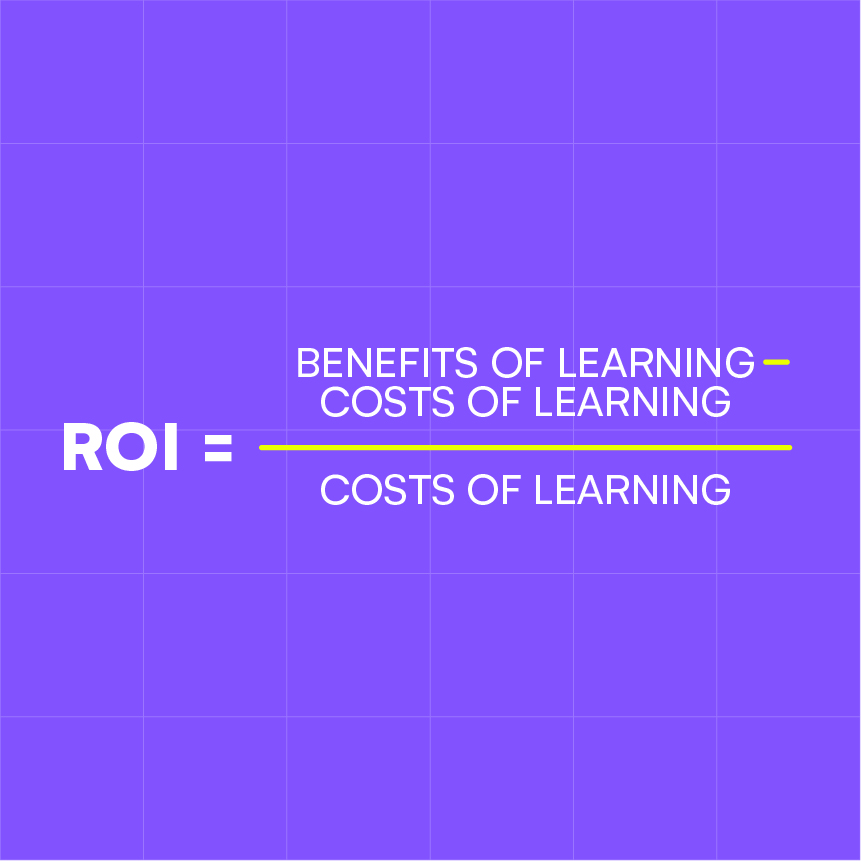

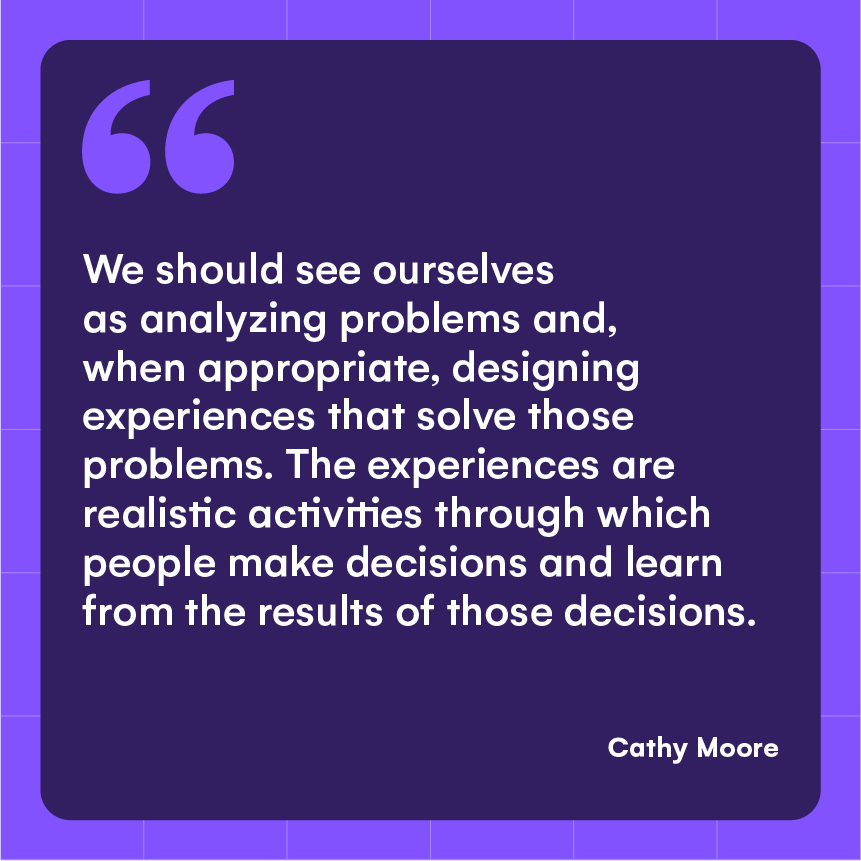
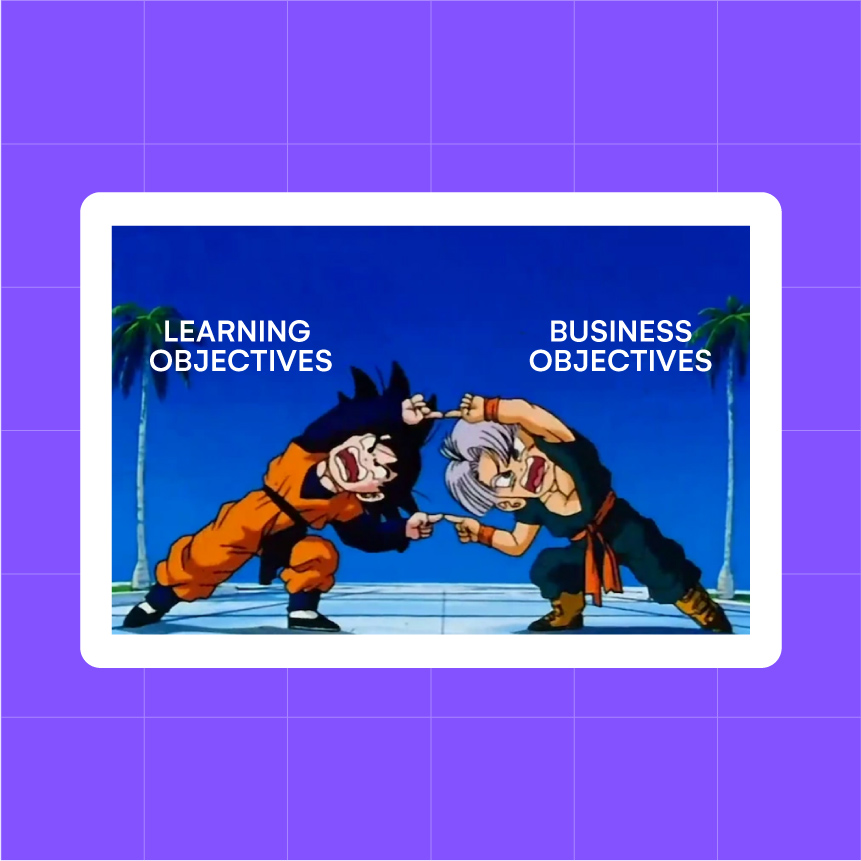

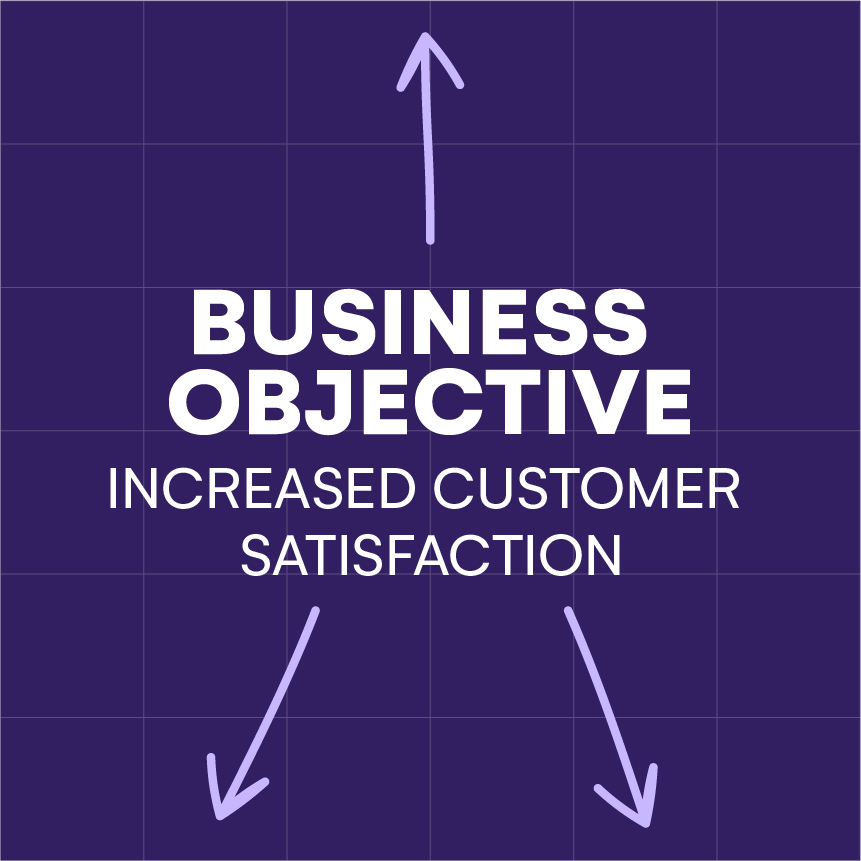
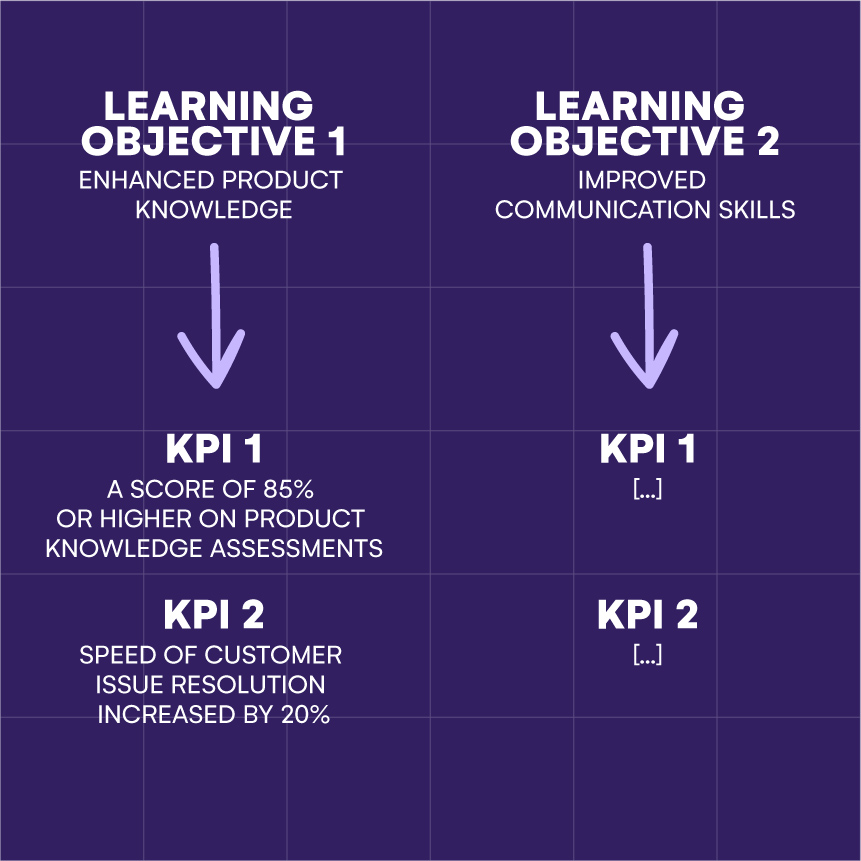

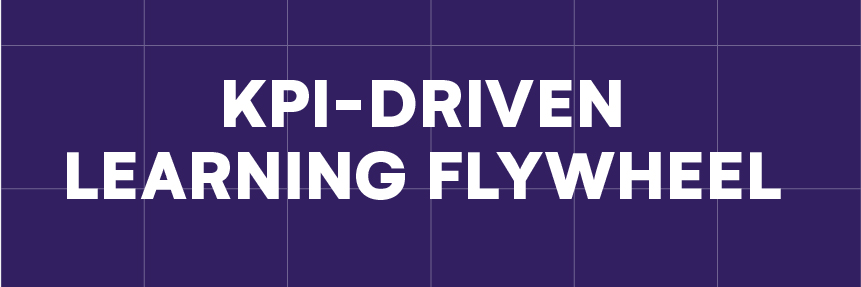
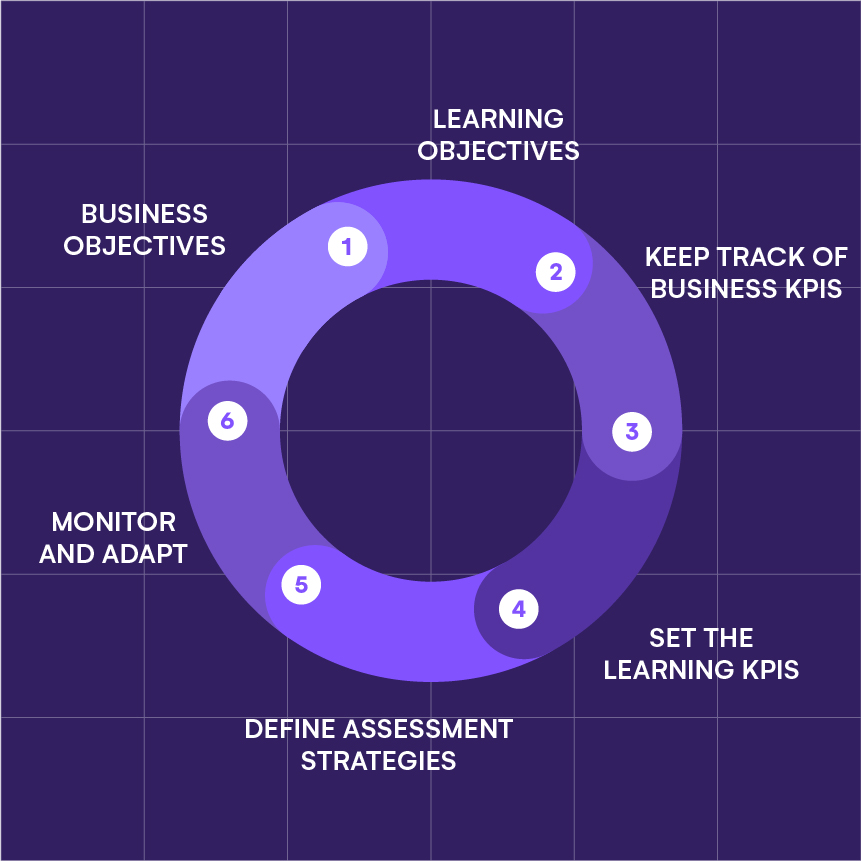



Reviews